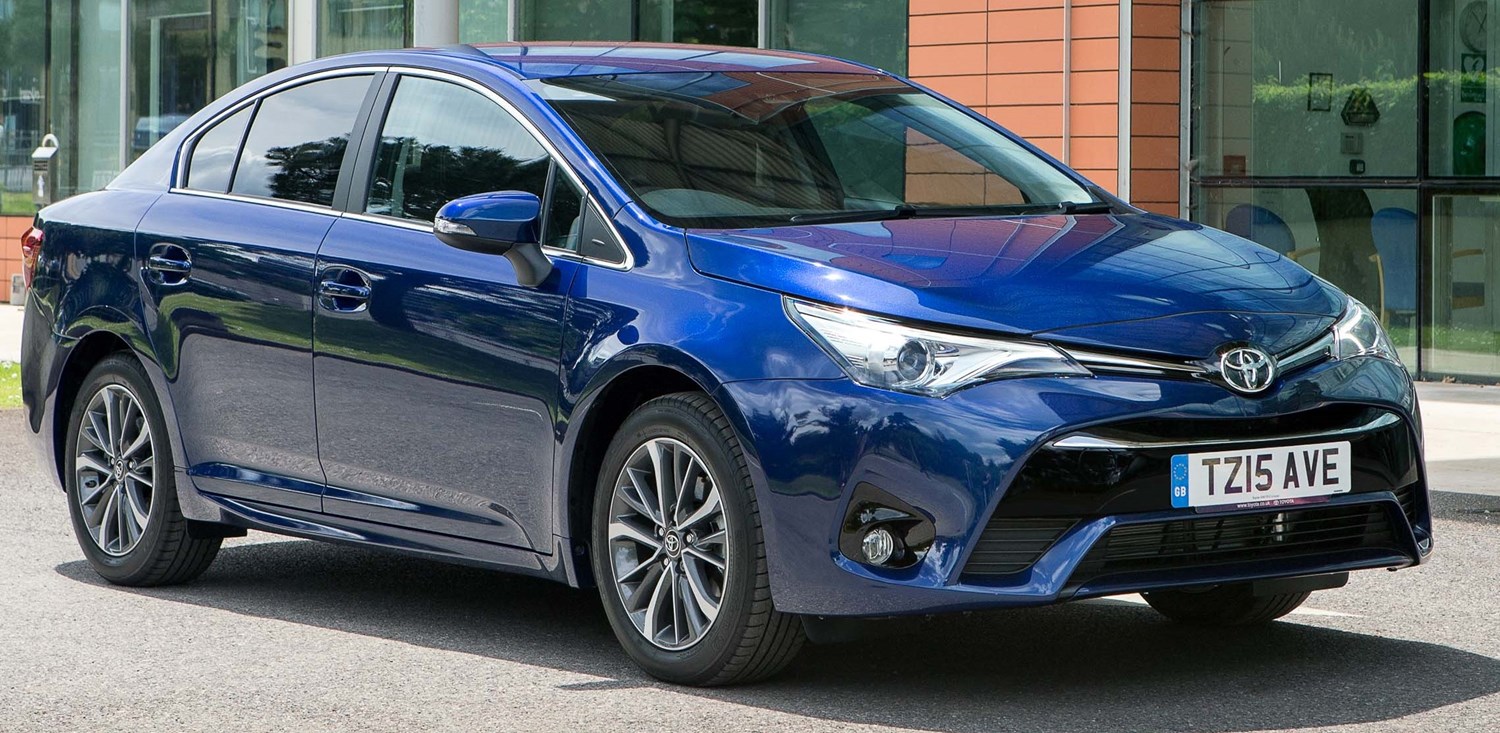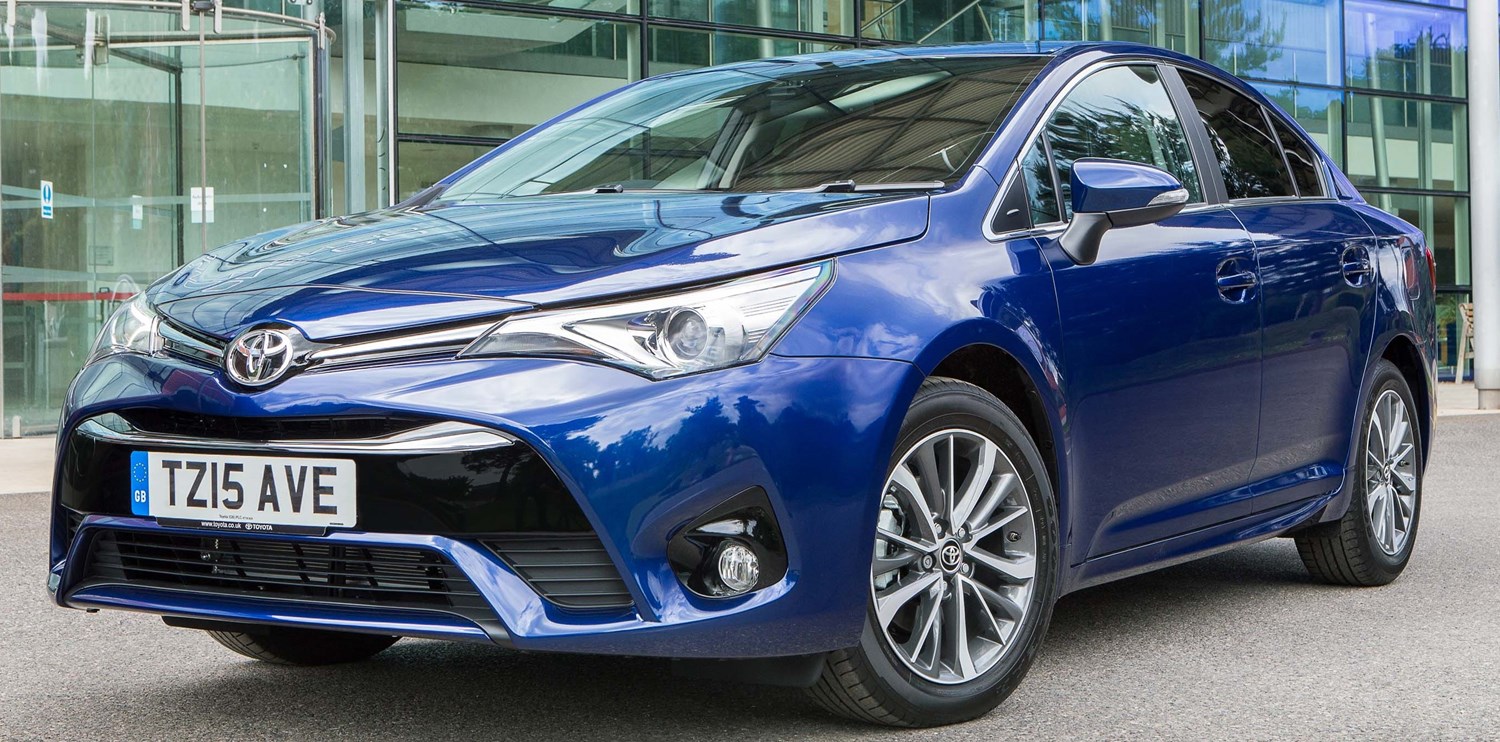Model Review
When it was introduced in 1997, the Avensis was brought into a saloon market that was chocked full of high-quality rivals, like the Ford Mondeo and Volkswagen’s Passat. Replacing the Carina, the Avensis gave a more modern edge for Toyota’s European saloon section.
With both a saloon and an estate version on offer, the Avensis made itself adaptable and thanks to great build quality, reliability and refinement, the first generation could easily compete with its rivals.
The second generation brought a curvier design but the same ethos was maintained of being simple to use, nice to drive and near bomb-proof. The mid-life update brought a sleeker grille and better technology to stay up to date with its rivals.
Although the 2009 introduction of the Mk III came with a sleeker design it definitely didn’t thrill as much as other models in the sector. Unfortunately, it gave the Avensis a much dourer look and that has affected the appeal of the model massively, despite its practicality.
Latest Model
Originally introduced in 2009 the Avensis has gone through two further facelifts to improve the looks and technological features to try and keep it fresh.
The main addition with the 2015 update was Toyota Safety Sense, which brought in autonomous braking, pre-collision detection and lane departure warning to the Avensis. Automatic high beam and road sign assist were also added.
A new trim layout was also introduced but did mean that more of the models got better equipment for an improved finish and more premium feel.
Toyota also introduced a new line-up of engines that were improved in terms of their overall emissions and efficiency but still don’t quite match the figures of its rivals.
Value for money
Admittedly the Avensis is built more for practicality and comfort than amazing features, so with the base Active model Toyota doesn’t offer many stand out accessories. There are only four major features – an auto-dimming rear mirror, follow-me-home headlights, manual air conditioning and a radio and CD player with MP3 – and that doesn’t impress that much.
Along with a leather multi-function steering wheel, colour display and Bluetooth and USB connectivity, the Avensis Active has the essentials and that’s about it. Starting at £18,905, the Active’s price is very good considering its other rivals, however, and with its reliability and build record, it could be the comfortable cruising saloon for you.
If you want to look for a reliable and comfortable used option, any of the top spec Avensis models from a couple of years ago will have the same tech as a new model – due to the 2015 – and as they have already been in commission they will be cheaper to buy than from new.
You can get a 2015 estate version in the top Excel spec with only 16,189 miles on the clock and with that comes air conditioning, cruise control, heated leather seats, touch screen infotainment display, electric windows and wing mirrors, panoramic roof, rear parking camera and 18-inch alloy wheels.
With all those extra features, this used option – priced at £18,495 – is a great option when you consider that it is only a couple of years old and the great reliability of Toyota models.
Looks and image
The Avensis’s looks aren’t strong point and like many Toyotas, it blends into the crowd without making too much of an impact. The sleek lines are nice but not ground-breaking and it just struggles to have any wow factor at all. The estate is definitely the better looking model as the lines appear more complete and in the higher trims the larger alloys and chromed finish helps to add a more premium finish.
Another mark down for the Avensis is the way it feels on the road and – like the exterior – it doesn’t thrill you much. With the comfort-focused set up, you can tell early on that it is more suited to long drives on motorways than chucking around country lanes and when you consider the target market of the model that seems reasonable enough.
Other rivals, such as the Mazda6 and Ford Mondeo, offer a more involved experience where you get more feedback from the steering and better cornering so the Avensis doesn’t quite hit the mark if you’re a more driving focused customer.
The suspension set-up is, on average, good and will soak up plenty of bumps and ruts on the road, but it will feel tetchy over sharper edges and can get unsettled at lower speeds.
With body roll something that can occur fairly often, it is clearly behind its rivals in terms of a quality finish on the overall chassis finish. Inside though the Avensis does well at making the occupants as comfortable as possible and the Toyota does well for seating space and layout in any spec.
Space and practicality
In terms of boot space, the Touring Sports is the better of the two thanks to 34 extra litres of space at 543 litres (509 litres in the saloon), which can be extended to 1,609 litres with the rear seats folded down.
That is quite a way short of the market leader, the VW Passat, which has over 100 litres more space with the seats up or down, but the Avensis is the best of the rest. There is a good amount of storage options throughout the cabin too, including door and seat pockets and the Touring will comfortably sit five adults.
With both the 2009 and 2015 safety tests, the Avensis saloon and Touring Sports scored five stars with Euro NCAP and scored highly for adult occupants, child occupants and safety assistance.
Following the 2015 update, models came with the Toyota Safety Sense system that includes the pre-collision system and autonomous emergency braking as standard on all models, while other systems include automatic high beam, lane departure warning and road sign assist.
In terms of space and safety, the Avensis and Avensis Touring Sports does well on both counts and for families this is a good thing. With a history of excellent reliability and a comfortable ride, they will find that the Avensis can be a great choice, especially as the starting price is down on its rivals.
Engines
With new Avensis models, there are three engine units to choose from – a 1.8-litre, 147bhp petrol, a 1.6-litre diesel with 112bhp and the top end 2.0-litre diesel with 143bhp. The petrol does come with the option of an automatic box, but it doesn’t quite work as well as the six-speed manual, and in any case, the engines to go for is one of the two diesels.
Both have better torque and in either saloon or estate guise, that’s a good thing. The top end engine is the pick of the bunch as it gets you up to 60mph in under 10 seconds and despite the petrol being more refined, the diesel is better day-to-day.
Running costs
As you would expect, the diesel engines are the more efficient than the petrol, with the smaller 1.6-litre doing the best by returning 67.2mpg and emitting 108g/km CO2. The 2.0-litre diesel still does well 62.7mpg, while the petrol returns 47mpg, which is way down on the diesels.
For road tax the Avensis does reasonably well following the alteration of the rules, with any vehicle fitted with the 1.6-litre diesel unit fitting into the £140 bracket. The fellow diesel lands in the £160 bracket, while the petrol units cost £200 for the first year of road tax. For the second year onwards they all cost £140 to tax each year. The insurance groups don’t go too high and start from group 15. The highest grouping is 25.
Things to look out for
Despite the brand’s excellent reliability record, the Avensis has suffered from some worrying problems that have led to recalls throughout its time on market. For example, over 10,000 first generation models had possible power steering faults, over 15,500 suffered from fuel leak related recalls and almost 66,000 second generation models had rear suspension arms fitted incorrectly, which is a worrying amount.
Many of these potential faults could be fixed with a visit to a Toyota technician, but it is always worth checking the vehicle’s history if you are looking at buying a used model.
Rivals
In both saloon and estate guises, the Avensis has many rivals including the Ford Mondeo, Vauxhall’s Insignia and the Volkswagen Passat, with fellow Far East manufacturers Kia, Hyundai and Mazda producing capable competitors in the shape of the Optima, i40 and the 6. Unfortunately for the Avensis many of those are more capable, better to drive and arguably better looking, which may drop the Toyota down many people’s lists.
Depreciation warning
Thanks to the brand’s reasonably good reputation and reliability, the Avensis can hold its value rather well over three years at around 45 per cent. This is better than a few of its rivals, but that does mean that the comfortable and well-built Avensis can be a good bargain on the used market if you’re looking for a good long-distance cruiser.





